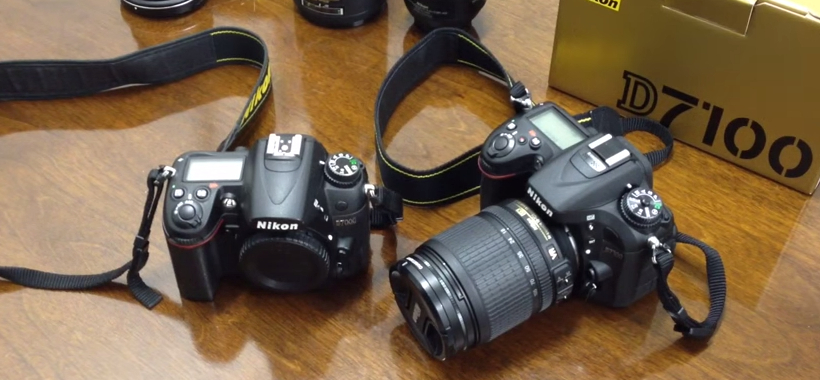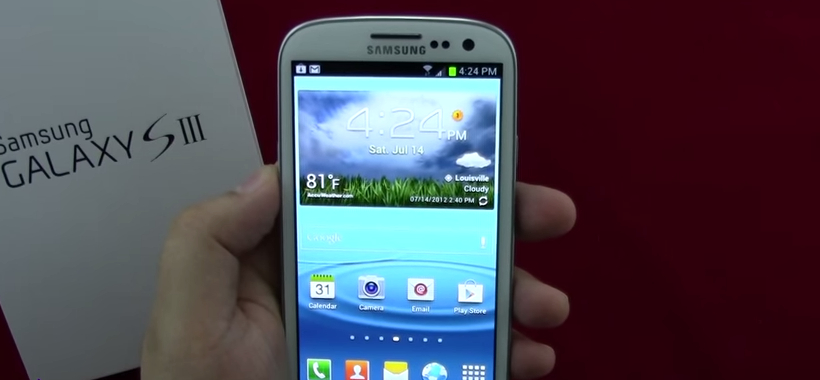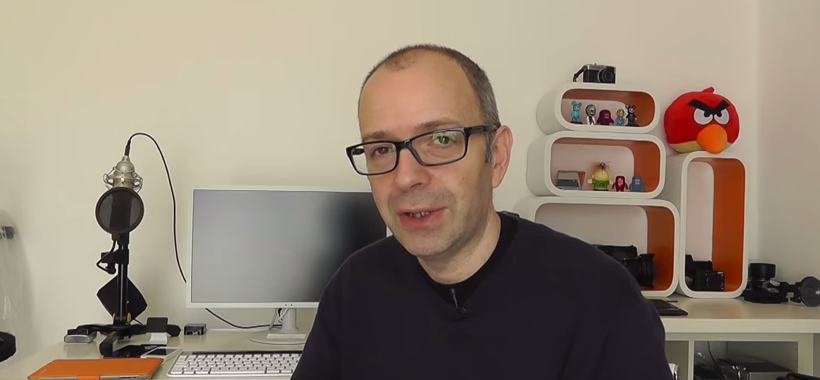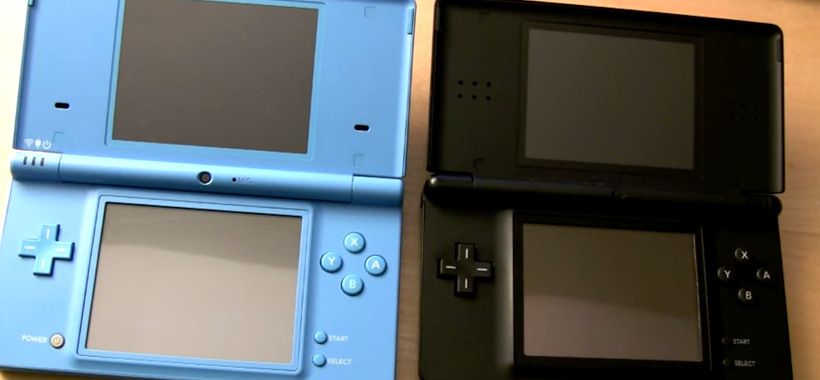When it comes to Nikon, many fans are hard pressed to point out a declared favorite among the crowd. But it is clear, between the d7000 and the d71000, there is a better choice. While both can capture video in High definition, 1080p quality, the 7100 comes in with a much higher frame rate. With 60 frames per second vs. the 7000’s mere 24 fps. This difference is not one to be overlooked, as the quality will be noticed when viewing. The 7100 also has a notably larger screen, giving it both hardware and software capabilities that the 7000 lacks.
What Does The Nikon D7000 Have to Offer?
The significantly, (about 30%), higher screen resolution of the 7100 will be noticed when you are shooting. It also has in camera HDR (high dynamic range), which can make your images look much clearer and better, as long as you understand how and when to use it. The 7000 is missing this feature. It’s already becoming easier to see why the 7100 is the superior camera, and the spectrum between the two widens as we proceed.
Differences With The Nikon D7100
The much higher true resolution of the 7100 (24MP vs. the 7000’s mere 16.1MP), which is also the lighter camera of the pair, makes it the choice for ease of use and professional features and qualities that almost raises it to a different category than the d7000. The lighter camera can also claim better overall image quality as well as more focus points. Both cameras are about the same size, however the superior 7100 packs far more into a package of equal size.
Not that the 7000 doesn’t have some points, to boast about, they are just not even close in importance. With the only major win in its category, being economic efficiency, it does not offer a whole lot of consumer points to count on. It does have a longer battery life (10 percent more shots), and slightly less shutter lag. If the money difference weighs heavily on your decision, you shouldn’t feel like the d7000 is a bad choice, but be aware of its limitations.
Now, the down side. If you want the best, it will cost more than the rest. While the 7100 is has a more than fair price tag for its standard of excellence in its category, it costs nearly three hundred to three hundred and dollars more than it’s lesser counterpart, the d7000. But the proof of the value in the money you spend is, immediately identifiable when you compare the two side by side. The better of the two can be felt, holding it hand and realizing that it is the right one for anybody who is serious about a better standard for capturing the moment.






















